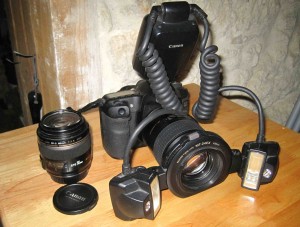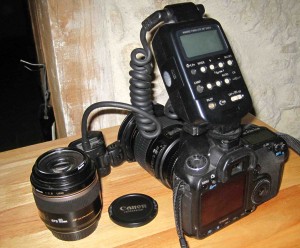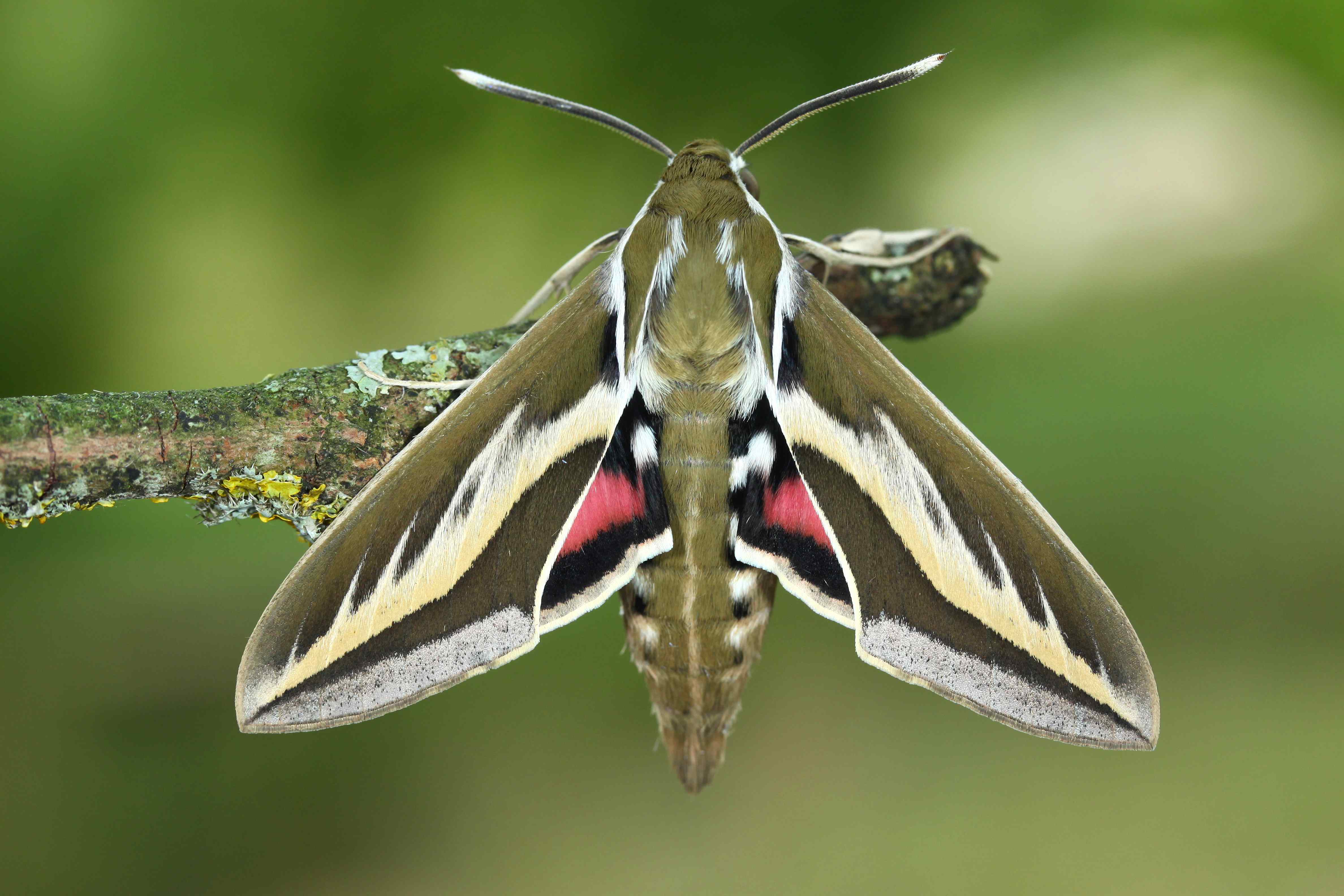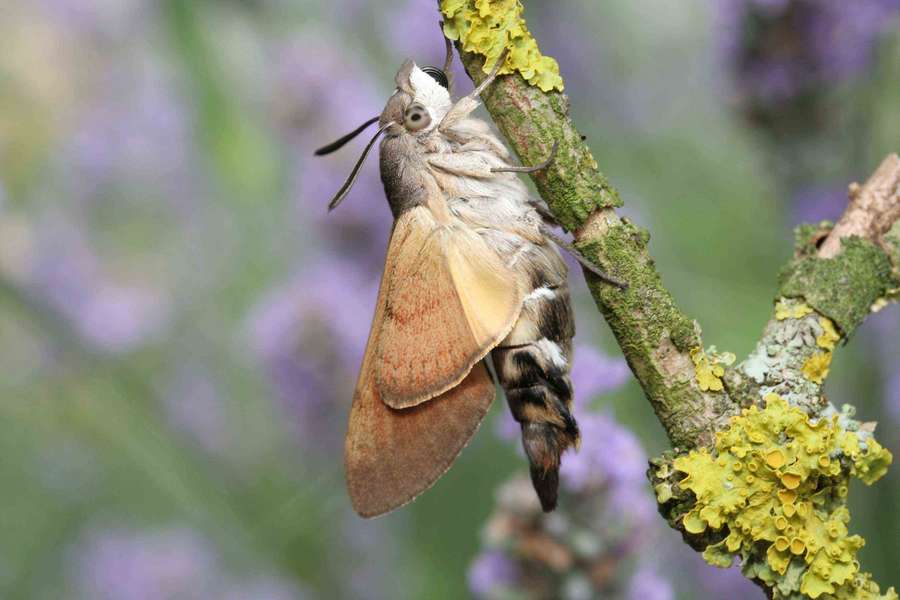
The Sphingidae amateur has generally two possible approaches of the Group: photography or (and) collection.
If one can say that all entomologists who collect also practice macro, the reverse is not true, and there are exclusive photographers who refuse to any levy.
I consider that the systematic approach is inseparable from the establishment of a reference collection. We cannot dissect a picture, and now, with approach molecular, if you wish to make a levy (usually a paw), still need to have kept a copy. Then, is it compatible with respect for biodiversity? For me it is a no brainer, and I already supported this view in the home.
Photography
The scientific snapshot is not an artistic picture. It presents the insect (or Caterpillar) classically, most often profile or view dorsal for caterpillars, and dorsal view for adults. If you want a more original cliché, we can change angle, limit the depth of field to focus on one point of the insect, work funds. But it might make it more difficult to determine. It is simply another discipline.

Most of the clichés of this site (over 70%) are carried out with the device above. Housing Canon Eos 50 d, 60mm macro Canon/100 mm macro Canon, and especially MT 24 EX Canon flash.
The other, older, come from the former housing Eos 350 (with the same flash and objectives), and for older, my fabulous Nikon Coolpix 4500.
Digital has revolutionized the macro photography. Now, with a little usual, on little make snapshots of high level with a compact €400 and even less, if its macro function is a little elaborate. Canon Ixus range, especially in the first generations (40, 50), results are striking and have nothing to envy with some photos taken with a 10 times as expensive equipment.
Everything is obviously question of judgment, but personally I like the photos well cut on a background neutral, harmonious and balanced. I do not like black backgrounds as it often gets with the ring flashes, and to avoid, I often use a remotely operated additional flash (MT 580 EX Canon) that enlightens me the bottom, or else I use artificial background, coloured cardboard in an irregular manner with the dominant colour highlighting the colours of the insect. All of this discussion, but I'll never more further than the 13 opening, the picture losing its bite in the past even if the depth of field to win. Below, I present some shots that I consider satisfactory (background, brightness, depth of field…)).

The cliché of left has an insect that is not of the fauna of France (the informed amateur will be noted) but where it comes to technique, it is not annoying. It is a rare representative of the genus Hyles South America, Hyles euphorbiarum (Guérin-Méneville & Percheron, 1835). Represented here copy comes from Argentina, raised in France from a strain that had purchased me Tony Pittaway.
